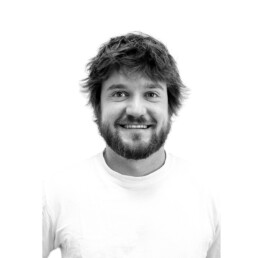
Internal Cycle of Seminars at IMEDEA (CISI) consist on a cycle of seminar presentations given mainly by doctoral students, masters and junior postdocs, although it is not closed to other staff, such as visitors and staff, that take place every Friday from 12:00 p.m. to 12:30 p.m in the seminar room os IMEDEA.
This represents a great opportunity to learn more about the research carried out at the Institute and to bring those with less experience , the chance of increasing their presentation and public speaking skills. Afterwards, there will be coffee and some biscuits 😉 We strongly encourage you to participate. Join us!
Previous Seminars
Internal Cycle of Seminars IMEDEA - Sri Kalyan Tangirala «Injection protocols are more important than we think in hydraulic stimulation of enhanced geothermal systems (EGS)»
Asbtract
Geothermal energy is the cleanest and the most reliable source of renewable energy when compared to other options like solar or wind. From lighting up 5 bulbs in Italy in 1904, electricity generation from geothermal energy sources has come a long way to a total capacity of 16,355 MW (0.5% of total) by the end of 2023, most of which coming from hydrothermal reservoirs. In order to accelerate the scaling of electricity generation, Enhanced Geothermal Systems (EGS) in non-volcanic areas need to be developed. Creating these EGS requires enhancing the permeability of natural fractures through a process called hydraulic stimulation. A natural outcome of this process is microseismicity (usually Mw<2), but in a few occasions, there have been earthquakes of greater magnitude (e.g., Mw 3.4 and Mw 5.5 at Basel (Switzerland) and Pohang (Korea Republic), respectively) which were very disturbing and ended up with project cancellation. Hydraulic stimulation operations are usually designed making use of a scaling law which states that the maximum magnitude of induced earthquakes is linearly proportional to the total volume of water injected into the system. Our numerical studies on hydraulic stimulation in EGS show that the injection protocol has a stronger contribution to the maximum magnitude earthquake over the total volume of injected water.






